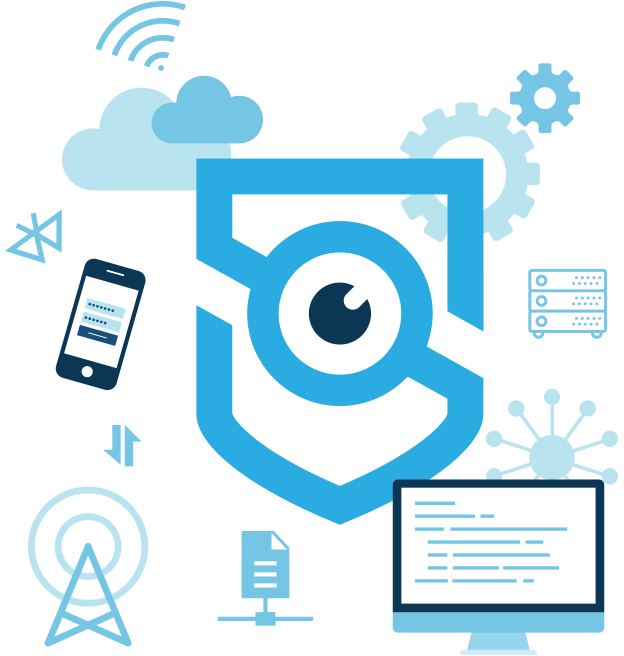There are Four Threats to Observe Cyber Security in 2017, You Should Know About This
By Prempal Singh

It might be a new year, but fraudsters haven’t shifted their focus from cyber. And, with cyber security and the regular arms race, threats are evolving constantly.
Exposures can significantly impact your credit union, so it’s critical to be on track with the latest internet trends. Here are four threats to observe for 2017:
1. Ransomware:
The menace of ransomware won’t stop down this year. In fact, it’s becoming more commercialized. Fraudsters are now providing ransomware-as-a-service crimeware to other cyber criminals. Ransomware is specifically dangerous to credit assemblage. This is because harmful software can restrict gain access to files and warned disruption or everlasting damage of sensitive information until a ransom is paid.
2. Distributed Denial of Service (DDoS) attacks:
DDoS attacks always increase in both frequency and style. These attacks are usually targeted. Fraudsters use them to overcome a system with data in making an effort to prevent users from accessing information or services. This can mean users – or in your case, members – who try to use your website won’t be able to do so. Essential infrastructure within the U.S. – financial organizations, specifically – have recently been targeted with DDoS problems in past times and likely will be again in the future.
3. Internet of Things (IoT):
Devices with frequent connectivity, like digital personal assistants, Bluetooth headphones or smart lightbulbs may be convenient for consumer use. But, they can cause a threat to the broader internet environment and, ultimately, your credit union. The connectivity of these tools and technology make them susceptible to hacking. This can lead to unauthorized access to your network, it will bargain your data.
4. Nation-state cyberattacks:
Banking is a vital piece of our country’s infrastructure. This makes the industry a nice-looking target for foreign governments (or organizations sponsored by foreign governments) looking to impact our economy, steal or secret agent. State-sponsored hackers strive to focus on sensitive information by applying vulnerabilities in software. Luckily, credit unions generally not necessarily at the top of the target list, but it’s best to be prepared. It’s clear that cyber warfare is a powerful new global tool for criminals.
Therefore, how can credit unions best protect themselves against these threats?
1. Evaluate People, Procedures, and Technologies:
First, consider the people, processes, and technology supporting cyber security at your credit union. It’s critical to measure all of your protective layers naturally, so you can identify gaps and make alterations. Simple security measures still matter. For example, ensure you are running the most modern software on your system. Install patches in a timely fashion to protect against known vulnerabilities. And confirm user passwords are appropriately strong.
2. Educate Workers:
Employee education is also crucial. With human mistake, a factor in over half of data removes, your employees are your first line of protection. Train them at the time of hire, and continue educating them regularly through the year.
3. Talk about Information:
Your credit unification should consider taking part in information sharing, including the Credit Unification Council of the Monetary Services Information Sharing and Analysis Center (FS-ISAC). This kind of customer-driven, the non-profit organization maintains its practically 7,000 financial organizations informed of the latest cyber risks and recommended actions.
4. Consider Cyber Insurance:
Finally, assess cyber insurance. Options may vary widely, so ensure you review and understand the policy terms and conditions. Also, evaluate coverage limitations available to you when you experience a data infringement. And, be certain you understand additional risk management services that support you as a policyholder.
I hope this article is helpful for you all, and subscribe us for more latest update.

